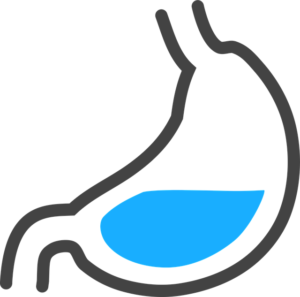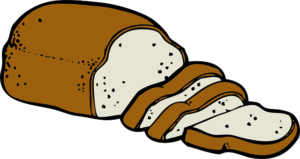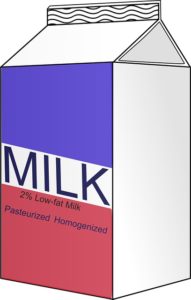The Low Fodmap Diet Plan
The Low Fodmap Diet does more than provide instant weight loss or celebrity skin.
The Fodmap diet is a special eating plan designed to help people with digestive disorders live symptom-free of their conditions.

In particular, sufferers of irritable bowel syndrome (IBS) can benefit hugely from going on the Fodmaps diet.
For several weeks, those on the low Fodmap diet restrict their consumption of various types of carbohydrates.
If the diet plan is successful, symptoms such as gas, bloating, pain, diarrhea, and constipation will reduce and problematic foods that cause digestive discomfort can be identified.
How Does The Low Fodmap Diet Work?
Monash University in Australia designed the FODMAP diet specifically for patients suffering from IBS. Dieticians at Monash University theorized that IBS symptoms, including bloating, flatulence, and diarrhea, might be caused by the poor digestion of certain carbohydrates.

In most people, carbohydrates are broken down in the small intestine. However, when carbohydrates are not digested properly, they enter the large intestine, where probiotic bacteria cause them to ferment and release carbon dioxide, hydrogen, and methane. This, in turn, causes the symptoms of flatulence, pain, and bloating.
Types of Fodmap Foods
F (Fermentable) – foods that can pass through the intestinal tract without being digested, becoming fermented and causing bloating, gas, diarrhea, and constipation.
O (Oligosaccharides): Fructan-containing grains including wheat, rye, and onions. In addition, foods containing galactans, such as beans, lentils, legumes, and soy.
D (Disaccharides): All dairy products are made from cows’ milk, goats’ milk, and sheep’s milk, including yogurt, cheese, and ice cream.
MA (Monosaccharides) – All fructose-containing fruits and vegetables, including apples, pears, grapes, watermelon, mangoes, concentrated fruit juice, dried fruits, and corn syrup.
P (Polyols) – Sweeteners including sorbitol (420), isomalt (953), mannitol (421), maltitol (965), and xylitol (967). Also some vegetables (bell peppers, mushrooms, cauliflower) and some fruit (apples, pears, watermelon, plums, avocadoes).
Does the Fodmaps Diet Work?
For the first time ever, doctors and dieticians have real hope to offer patients suffering from IBS. Previous to the Low Fodmap Diet, only a limited range of medications and foods with medicinal properties could offer symptomatic relief — but no hope of a cure.

The Fodmaps diet offers a new explanation of why 15-20% of the population suffers from IBS and what they can do about it.
Since the creation of the Fodmap diet by Monash University, scientists from around the world have confirmed the original findings concerning Fodmap foods. In 2013 the University of Otago in New Zealand funded a clinical trial on over 90 patients with IBS. After 15 months, over seventy percent of the participants were satisfied with their symptoms and the positive changes the Fodmap diet had on their quality of life. All IBS symptoms, including pain, bloating, diarrhea, flatulence, and cramps, were significantly improved during the Fodmap diet. Many clinical trials are still forthcoming, including studies on the effects of the Fodmaps diet on other digestive conditions, including Crohn’s Disease.
What Happens After FODMAPs?
You don’t just stay on the restricted Fodmap diet forever. While some IBS patients may be tempted to, as they are enjoying life without symptoms of digestive discomfort, it is important to begin the second stage of the low Fodmap diet. One by one, under the supervision of a dietician, those on the Fodmap diet will introduce high Fodmap foods, group by group.

A glass of milk will test the di-saccharides, a teaspoon of honey will test the mono-saccharides, etc.
Once one Fodmap group has been cleared with no sign of problems, the next can be tested until the problematic group/s are identified. No one wants their symptoms to return, but patients may be avoiding foods unnecessarily and putting themselves at risk of malnutrition if this final step is not taken.
Studies show that when the Fodmap diet has been fulfilled, people continue to improve and live a life where, if not symptom-free, their symptoms are significantly more manageable, and their quality of life is improved. This is because the low Fodmap diet does not just provide symptomatic support, as medications do, but directly tries to address the cause of IBS and all the problems that go with it.
